Have you heard of Bhalka Tirth? This is the place where Shri Krishna’s death story unfolded. Read on to know more about the fascinating story of the end of the avatar of Krishna at a place called Bhalka Tirth in the state of Gujarat in India.
The only sound that the hunter could hear was that of his own breathing. Silence reigned supreme. It seemed as if someone had thrown a heavy blanket over the world to muffle its sounds. Even the birds seemed strangely quiet. It was as if the very elements had conspired to set up that moment. But the hunter was the epitome of concentration. He was oblivious to everything but his prey as he stood up on his toes. He had the eye of the deer in his sights, and he quickly let loose his arrow, which flew unerringly towards its target.
With a whoop of joy, the hunter whose name was Jara bounded towards his prey. But alas! what lay in front of him was the divine form of Lord Krishna, an arrow stuck in his foot, blood oozing from the wound, but a divine smile and look of compassion on his face. The scene came to life as we looked at the sublime face of the image of Krishna and the remorse-filled countenance of the hunter Jara, in the temple of Bhalka Tirth Somnath, in Gujarat, India – the place where Krishna died.
Table of Contents
Bhalka Tirth – The End of Krishna Avatar
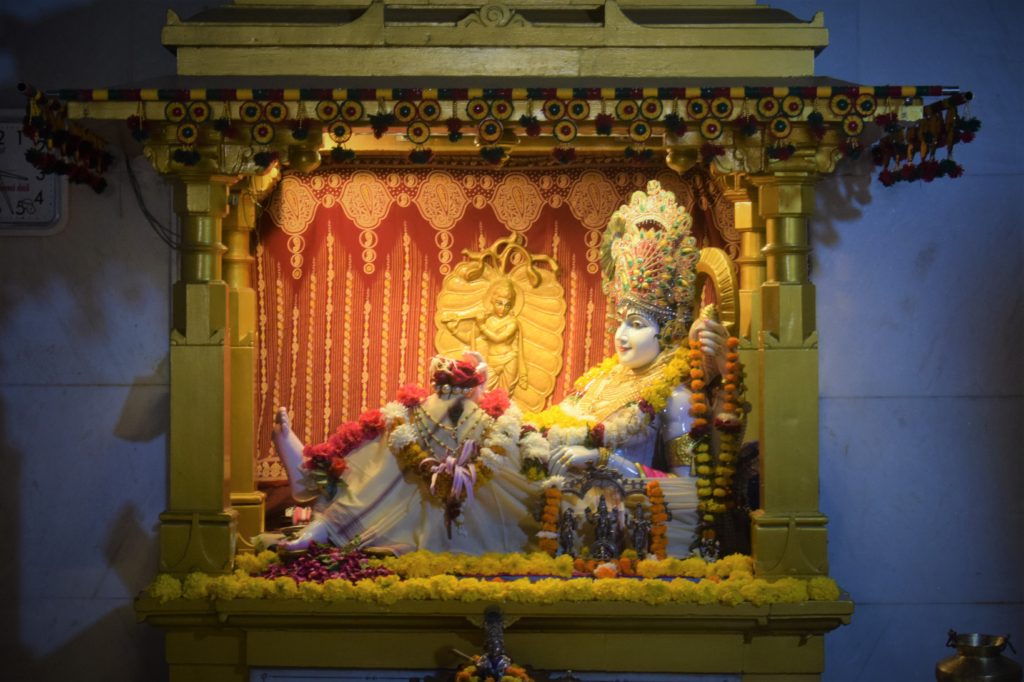
Somnath, an enduring symbol of ancient Indian culture and heritage is well known for its Jyotirlinga. Throughout the annals of history, it has been a sacred place of pilgrimage for the Hindus, the abode of Shiva. However not many are aware that Somnath which is also referred to as Prabhas Patan or Dev Patan is associated with the most popular and enigmatic avatar of Lord Vishnu, Krishna.
Though Krishna was born in Mathura which is more than 1,000 kilometers away, the kingdom that he established, Dwarka, was just about 256 kilometers away, in fact, there is also an opinion that the original Dwarka was much nearer to Prabhas Patan. It is believed that Krishna spent his final days before the end of his avatar in Prabhas Patan. Bhalka Tirtha Veraval (भालका तीर्थ) which is about 4 kilometers from the Somnath temple. It is believed to be the place where Krishna gave up his mortal body and ascended to the heavens. The name Bhalka is said to be derived from the word Bhal which means arrow.
“From the earliest days that my memories can go back to, Sri Krishna has been, in a sense, dominating my imagination. In my childhood, I heard his adventures in breathless amazement. Since then I have read of him, sung of him, admired him, worshipped him in a hundred temples and every year on his birthday at home. And day after day, for years and years, his message has been the strength of my life”.
KM Munshi in the introduction to, “The Magic Flute”, Part – I of his Krishnavatara, The Descent of the Lord
Our Visit To Bhalka Teerth
We were staying at Sasan Gir which is about 67 kilometers from Somnath. After our rendezvous with Lions at the Gir National Park, it was time to head towards Somnath on a spiritual odyssey. Our first halt was Bhalka Tirth.
An overcrowded autorickshaw passes by as we disembark from our bus and make our way towards a beautiful arch that is the entrance to the temple that marks the spot where Lord Krishna is believed to have left his mortal body.
As we enter the temple premises which is spick and span, our guide Anantbhai guesses our thoughts and informs us that the temple is new, while the idols are quite old. Apparently Gujarat Tourism is developing the place into a major tourist attraction and place of pilgrimage.
A board in Hindi narrates the Bhalka Tirth story while below it can be seen the Bhalka Tirth history in Gujarati. Below is the gist in English of the story associated with Bhalka Tirth Veraval Gujarat as per the official board in the temple.
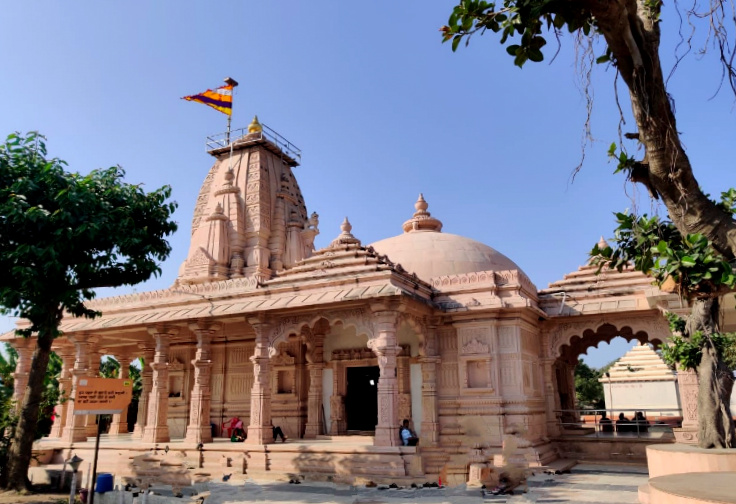
“This ancient and sacred place is located on the road that leads from Veraval to Prabhas Patan, after the Kurukshetra war, the Yadavas fought amongst themselves and the entire Yadava clan was annihilated. At this juncture, Lord Krishna sat here beneath a Peepal tree in a state of Yogic contemplation. He Lay down resting his back against the tree trunk, his left leg crossed over his right. A hunter named Jara who was passing by mistook him for a deer and shot an arrow fatally wounding him. Jara was filled with remorse on coming to know what he had done, but Krishna consoles him saying, whatever has happened is as per my wish only.”
Inside The Bhalka Temple Gujarat
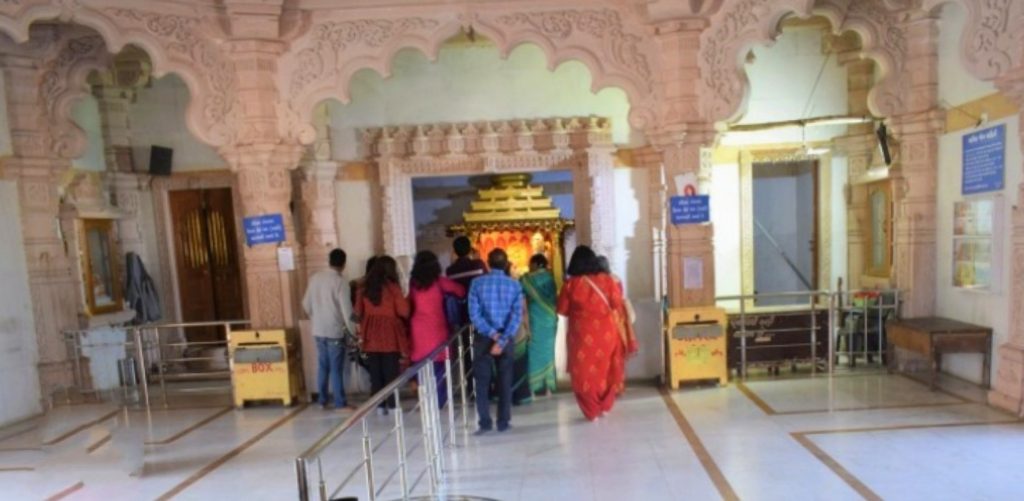
A beautifully designed hall contains the sanctum sanctorum which houses the idols of Krishna and the hunter Jara. The Peepal tree under which Lord Krishna is said to have been fatally wounded can also be seen inside the temple.
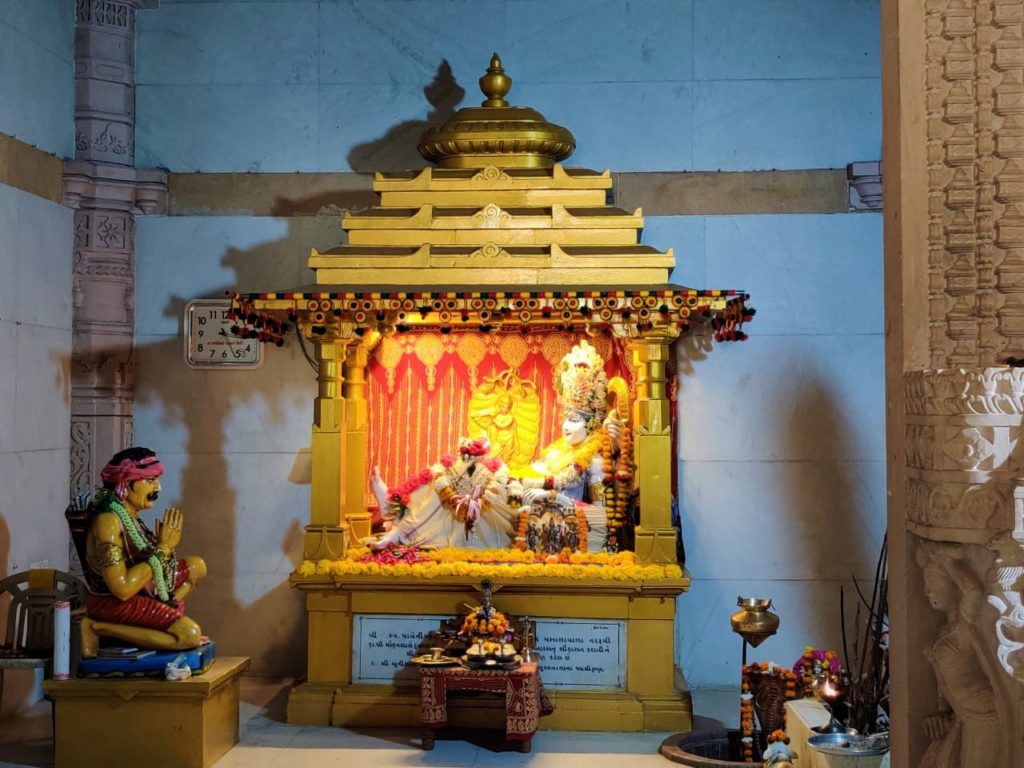
The temple is new and just about three years old. The old temple has been demolished and the idols reinstalled in the new temple. Not much is known about the history of the idols or about the origins of the temple.
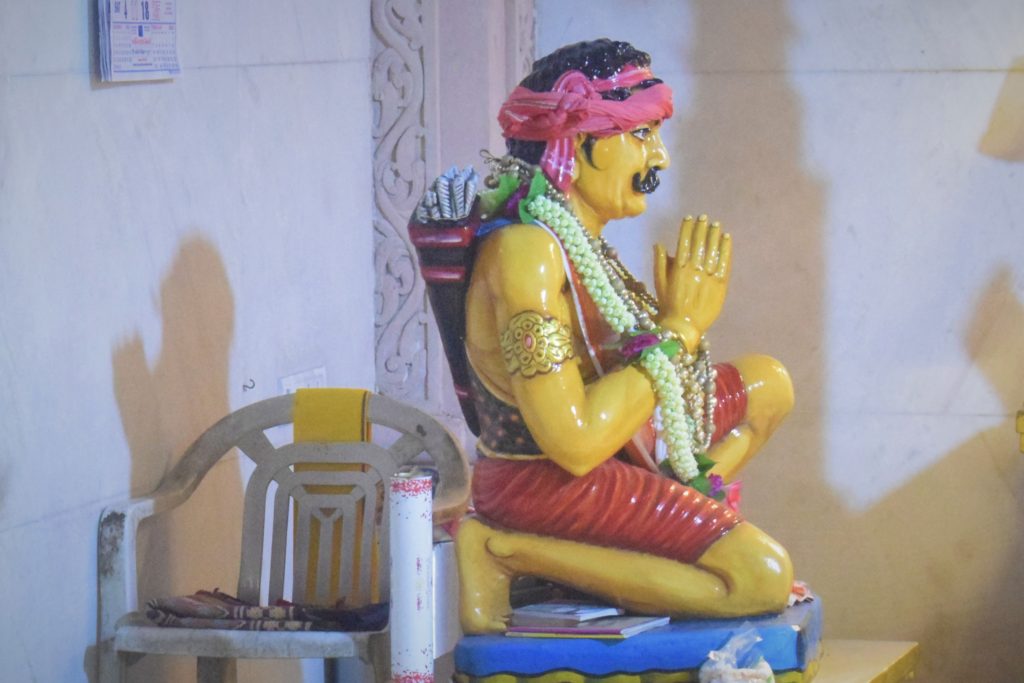
Inside the temple, the hunter Jara can be seen sitting on his knees with folded hands in front of Shri Krishna. His faces reflect his feelings at the grave sin he has committed.
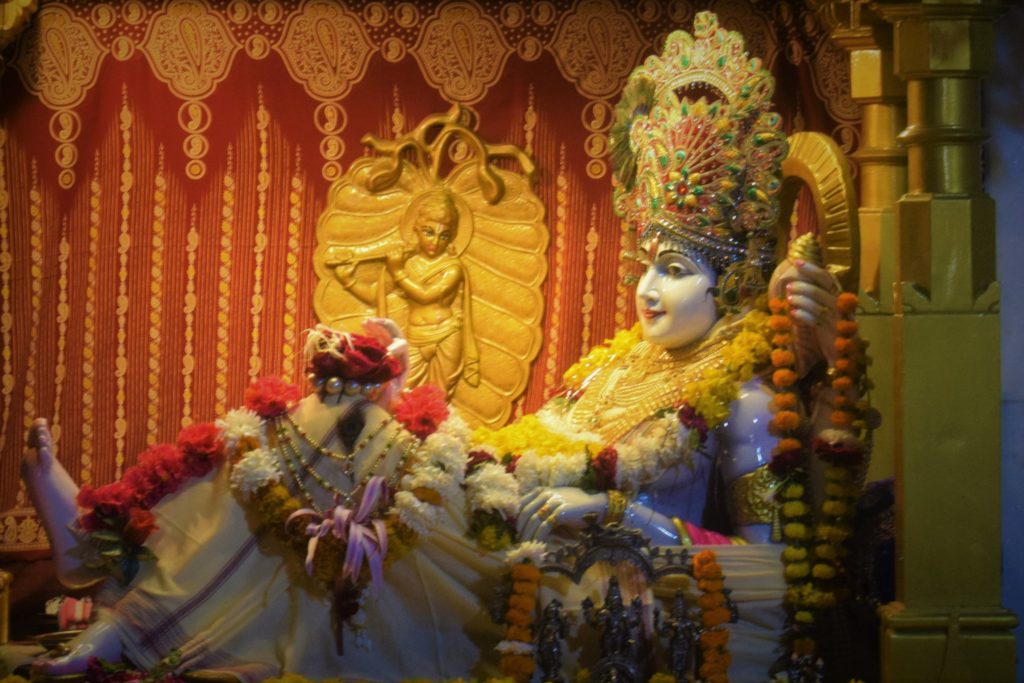
In contrast, the face of Krishna is full of compassion and divine benevolence. This is an example of how even the Lord has to reap the fruits of his own Karma, his face seems to say.
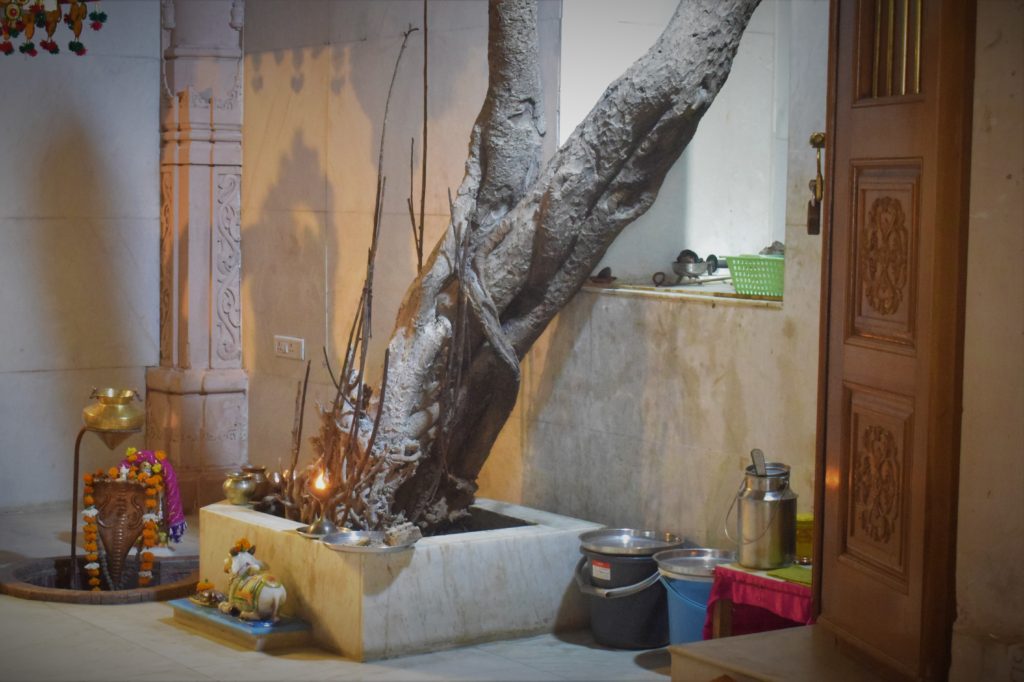
A Peepal tree that people believe is the tree under which Lord Krishna was sitting when the hunter’s arrow fatally injured him is inside the sanctum sanctorum of the temple.
Besides the main temple is the temple tank, a place originally meant for devotees to bathe and purify themselves before entering the temple.
Check out our Bhalka Tirth Video on YouTube
Why Did Jara Kill Krishna
Legend has it that the hunter killed Krishna as he mistook him for a deer. But beyond this simple truth is hidden the machinations of Karma, which forms the cornerstone of Hindu philosophy. A man’s Karma catches up with him across the cycle of births and deaths. God himself demonstrates the philosophy of Karma through his own actions, which demonstrate that no mortal is beyond the realms of Karma.
Krishna is, of course, an Avatar of Lord Vishnu. In his earlier avatar as Lord Rama, he had killed Vali, the brother of Sugreeva, by guile on the request of Sugreeva. Rama had killed Vali from behind a boulder with his arrow when Vali and Sugreeva were engaged in a duel. This act of his comes back to haunt him in his Krishna avatar as Jara the hunter. The hunter is none other than Vali reborn as Jara.
Another story has it that after the Kurukshetra war, Gandhari the mother of the Kauravas who perished in the war cursed Krishna for being the reason for the war and the death of her sons. She cursed him that the Yadavas too would perish fighting amongst themselves and he would meet a lonely death being hunted down like a beast. Krishna’s death was Gandhari’s curse come true.
When Did Krishna Die?
It is believed that Krishna lived between 3227 BCE to 3102 BCE according to historians and based on interpretation of facts in the Puranas. A paper presented by noted scholars and astronomers of the Somnath Trust of Gujarat fixes the date of death of Krishna as 18, February, 3102 BC. It is believed that at that time the age of Krishna was 125 years and seven months.
Visiting Dehotsarg Tirth – Somnath
Hundreds of white birds were gliding in the sky in a circular motion as if circumambulating the place. We were at Dehotsargh Teerth which is about 5 kilometers from Bhalka Tirth. As the birds kept up their relentless circumambulation we walked towards a small canopy which housed the Padukas of Lord Krishna. This spot was where the final rites of Sri Krishna were done by Arjun. Hence the place is named Dehotsarg which means the relinquishment of the physical body (Deh) by the Atma and its onward journey.
Today, the place is wrapped in an aura of serenity. The waters of the Hiran river meander by the side. Hundreds of birds glide above the water in never-ending circles. A current of cool air blowing across the river seems to fan the canopy which covers the footprints of Krishna.
We too circumambulated the place where Sri Krishna ended his avatar and spend some time just gazing out at waters of the Hiran river as the birds continued in what seemed to be their eternal benediction to God.
A board just outside the temple tells about Shree Golokdham Tirth (Dehotsarg). “This pious Tirth is situated on the banks of the Hiran river at a distance of 15 kilometers from Shree Somnath Temple where Bhagwan Shree Krishna took his divine journey to Golokdham from this sacred soil. Rich accounts of the Divine Shree Krishna Golokdham Prasthan Leela are maintained by the authentic traditions of Mahabharat, Shreemad Bhagwat, and Shree Vishnu Puran, etc..” The board also thoughtfully lists out the places to see inside the temple premises. These are Shri Gita Mandir, Shri Lakshminarayan Mandir, Shri Krishnacharan Padukaji, Shri Golokghat, Shri Kashi Vishwanath Mandir, Shri Mahaprabhuji Baithakji, and Shri Bhimnath Mandir.
Another board inside the temple premises talks about the final journey of Lord Krishna. “Bhagwan Shree Krishna took his divine journey to Neejdham from this sacred soil. Rich accounts of the Divine Shree Krishna Neejdham Prasthan Leela are maintained by the authentic traditions of Mahabharat, Shreemad Bhagwat and Shree Vishnu Puran, etc.. Shree Krishna departed on the first day of the bright fortnight of Chaitra month (which corresponds with 18th February of English calendar) in the year 3102 BC at 2:27:30 hours. The footprint of Bhagwan Shree Krishna is carved here to mark the divine memory of Shree Krishna Neejdham-Prasthan Leela. Baldevaji the elder brother of Shree Krishna also took his last journey from here in his original serpent form. This marked by an ancient holy cave called Dauji – Ni – Gufa.”
Stories of Bhalka Dehotsarg
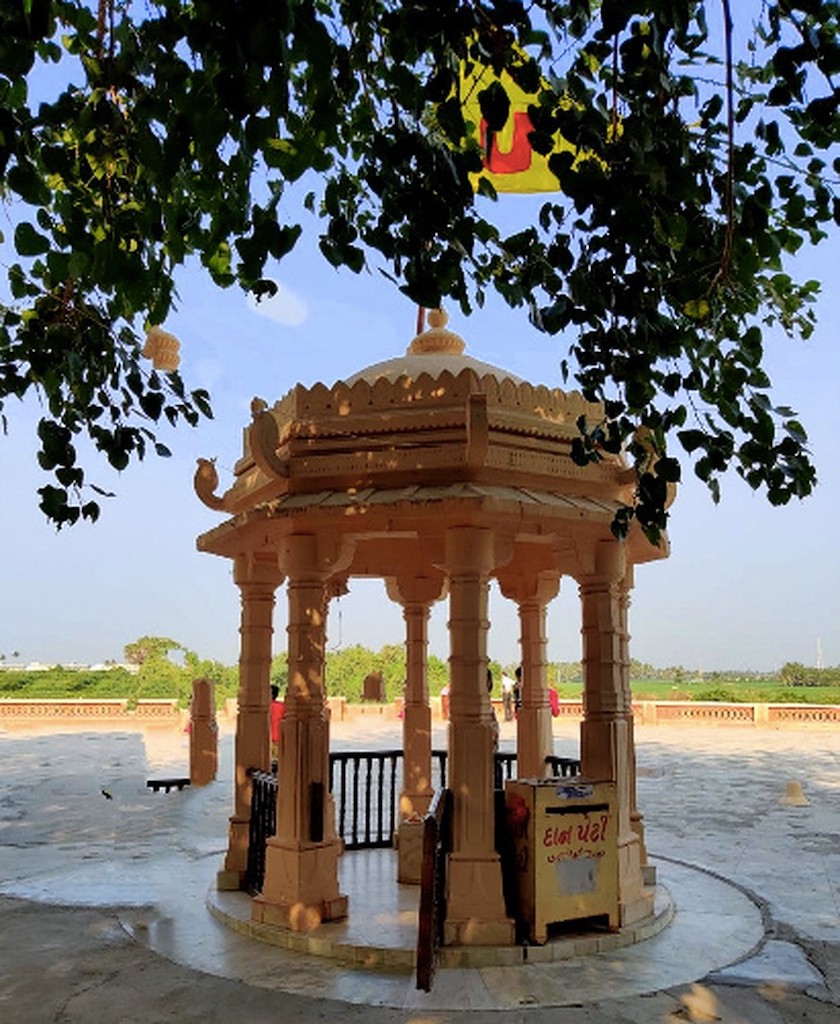
Both Bhalka Tirth Gujarat and Dehotsarg in Gujarat are important places that reverberate with the stories of the final ascent of the Krishna avatar of Vishnu. Various myths and legends are associated with the final moments of Shree Krishna as a mortal on earth.
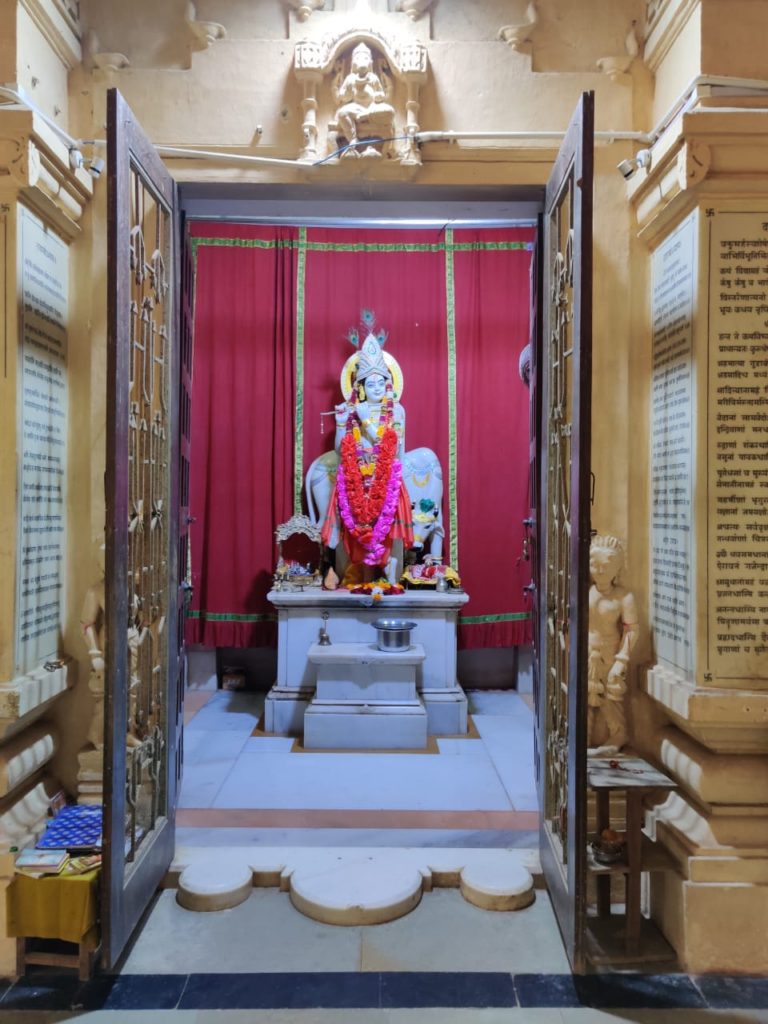
One story suggests that after being hit by an arrow shot by the hunter Jara at Bhalka Tirth under a Peepal tree, Krishna limps his way towards the banks of the Hiran river, which is now known as Dehotsarg and leaves his physical body and ascends to Vishnuloka from there. It is believed that Krishna’s brother Balaram also left his physical body at the same place. Some believe that Balaram left in the form of a snake or Seshnag before Krishna’s left his mortal body while others believe that he ascended to Vishnuloka after Krishna’s departure from this world.
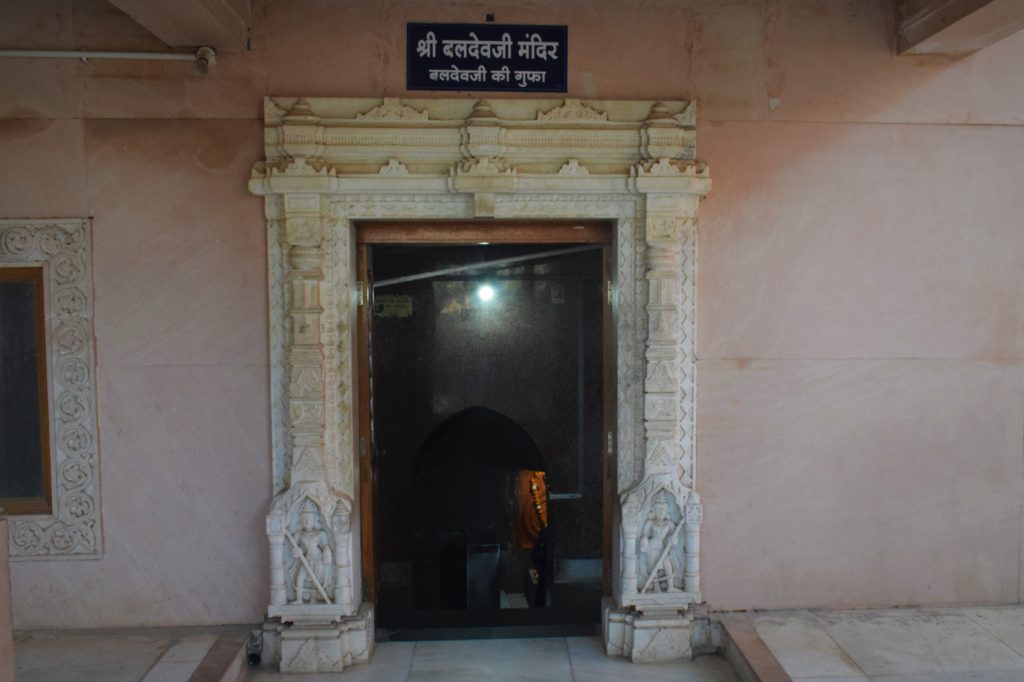
A small cave within the temple premises known as Baldevjis Temple or Baldevji Ki Gufa is believed to be the place where Balram left the earthly plane.
Baldevjis Temple or Baldevji Ki Gufa
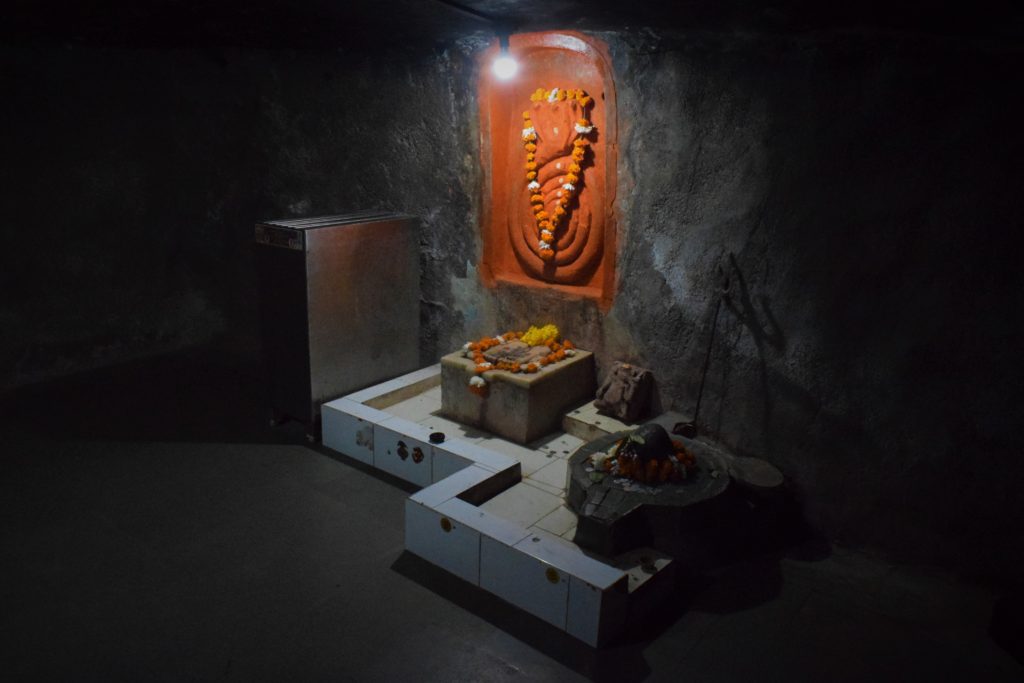
A small temple which is below ground level is believed to be the cave where Balram ascended to heaven. Inside the semi-dark temple are the footprints or Padula of Balram and a Shiv Ling. An image of a serpent is also embedded in the wall. A statue of Balram stands just outside the inner chamber of this temple.
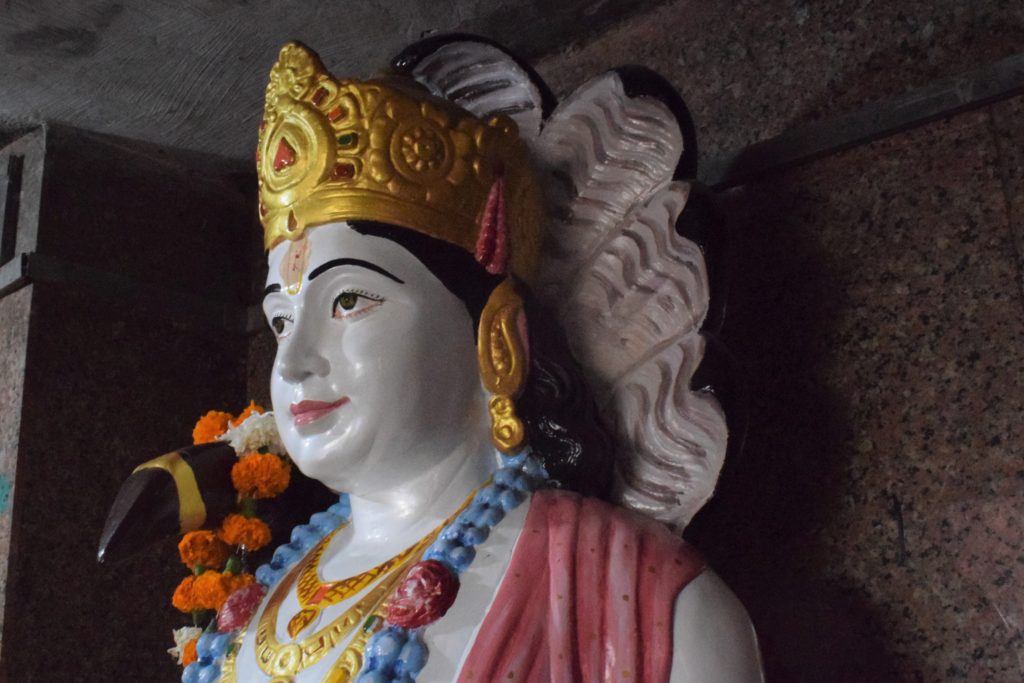
We look at the river Hiran flowing silently besides this place where Krishna and Balram spent their last moments on earth. The river must have witnessed this transition of an avatar and still clutches the memories to its bosom.
We make our way out of this sacred place, a place that leaves you humbled and thoughtful, thinking about the laws of Karma, thinking about one of the most important Shlokas of the Bhagwad Geeta.
यदा यदा हि धर्मस्य ग्लानिर्भवति भारत।
अभ्युत्थानमधर्मस्य तदाऽऽत्मानं सृजाम्यहम्।।4.7।।
Whenever and wherever there is a decline in religious practice, O descendant of Bharata, and a predominant rise of irreligion—at that time I descend Myself.
How To Get To Bhalka Tirth
- Bhalka Tirth is located on the Veraval – Somnath road
- Bhalka Temple Gujarat is around 4 kilometers from the famous Somnath temple
- Bhalka Tirth is about 90 kilometers from Junagadh
- Bhalka Tirth is around 406 kilometers from Ahmedabad
- Veraval to Somnath distance is about 7 kilometers
- Diu International Airport is nearby, Somnath to Diu distance is about 83 kilometers
- The nearest railway station to Somnath is Veraval, Veraval to Somnath distance is 7 kilometers
Places To Visit Near Somnath
Apart from Somnath Darshan, there are many tourist places in Somnath and the vicinity that are popular with visitors. Some of the popular Somnath Sightseeing places are listed below.
- Somnath Jyotirlinga Temple
- Bhalka Tirth
- Dehotsarg
- Ahalyabai Temple (Old Shiva Temple)
- Somnath Beach
- Triveni Sangam
- Prabhas Patan Museum
- Gir National Park in Sasan Gir
Important Krishna temples in India are in Udupi, Mathura, Nathdwara, Dwarka, Puri, and Guruvayoor
Bhalka Tirth – Planning a trip to Somnath?
Are you planning a trip to Somnath in Gujarat, India? You can book a cheap flight through TripAdvisor or Agoda or CheapAir or Cleartrip or Makemytrip or Priceline right here. You can reach Ahmedabad or Diu by flight and then you can travel to Somnath by road or train. Some of the options could be by self-drive car or cab or bus or alternatively take a train to reach Somnath in Gujarat, India.
Accommodation options are available in Somnath. You can book hotels through TripAdvisor or Cleartrip or Agoda or Makemytrip or Priceline and save by getting the best deals on booking your stay.
| Click to book the best hotel/resort |
|---|
Now one can plan and book an Ahmedabad, Dwarka, Somanath, and Kutch Tour online.
FAQ About Bhalka Tirth And Krishna’s Death
What is Krishna’s death date?
Scholars and astronomers of Somnath Trust Gujarat presented a paper in which they have suggested the death date of Krishna as February 18, 3102 BCE.
What is the story behind Lord Krishna’s death?
Shri Krishna’s death story seems to be his last lesson about Karma to mankind. He demonstrates that even an avatar cannot escape his Karma. Krishna died after being hit by an arrow shot by a hunter named Jara. The hunter in his earlier birth had been Vali who was killed by Shri Ram.
Which are the great epics of India that tell the story of Krishna?
The great epics of India are Mahabharat and Ramayan. Part of Krishna’s life story including the famous Geetopdesh can be found in the Mahabharat.
What was the age of Lord Krishna when he died?
It is believed that Krishna was 125 years and 7 months when he died.
What happened to Krishna’s body after death?
After his death, Krishna’s body was cremated by Arjun and Krishna returned to Vishnuloka having completed his task in his Krishna avatar.
Who is Jara who killed Krishna?
Jara, the hunter who was the instrument that accounted for the end of Krishna avatar was the monkey king Vali in his previous birth.
Which place Lord Krishna died?
Bhalka Tirtha & Dehotsarg near Veraval Gujarat are the places associated with Krishna’s death. It is believed that an arrow that fatally wounded Krishna was shot at Bhalka Tirth when he was reclining beneath a Peepal tree. It is believed that Krishna then walked a few kilometers and died near Dehotsarg, where he was cremated.
What happened to Radha after Krishna died?
Radha had merged into Krishna consciousness before he left his mortal body.
How did Krishna die?
Krishna died of a fatal wound from an arrow shot by a hunter named Jara who mistook him for a deer.
What is Bhalka Tirth Dayro?
Dayro is a program where Gujarati folk songs are used to tell stories based on mythology and religion. One of the well-known exponents of this form of music is Mayabhai Ahir who uses Gujarati folk songs to tell the story of Krishna.
We hope you found our Bhalka Tirth blog about the end of Krishna avatar, the death of Krishna interesting. Do let us know if you are visiting this sacred place and need any more information or further details. Jai Shri Krishna!
We were hosted by Gujarat Tourism. However, the views and opinions expressed here are our own.
You may be interested in reading these posts:
The Somnath Story – The Moon’s Curse And After
Mahatma Gandhi Museum Rajkot
Have You Heard of The Sunken City of Dwarka
Do You Love Traveling?
Do you want to know how to travel the world? We have put together a very useful travel resources page with best travel tips. Go check it out now.
Thanks for visiting our site Voyager – imvoyager.com and taking the time to read this post!
If you wish to collaborate/work with us then reach us at [email protected]
We’d love if you’d comment by sharing your thoughts on this post and share this post on social media and with your friends.
[shareaholic app=”share_buttons” id=”27413782″]
Follow our journey on our social media channels:
Facebook Twitter Instagram Pinterest YouTube
60+ Million Users Trust TripAdvisor With Their Travel Plans. Shouldn’t You?
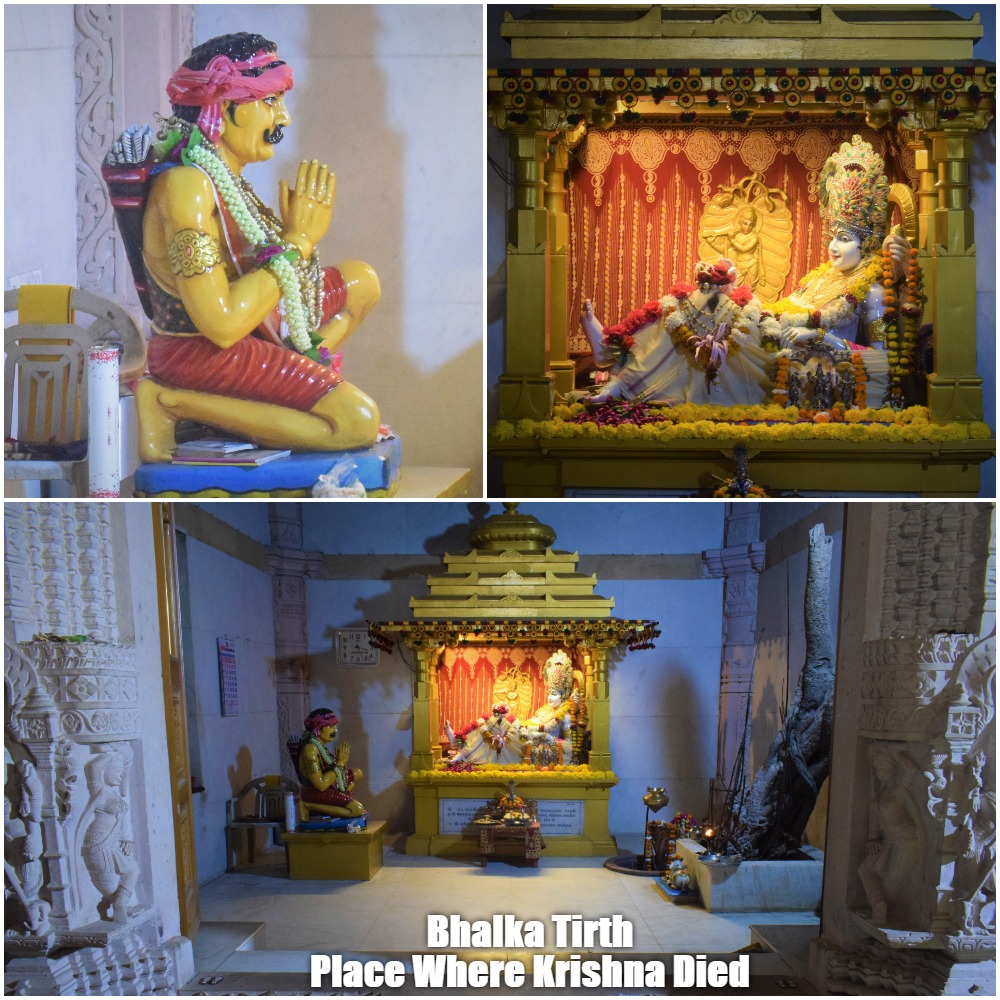
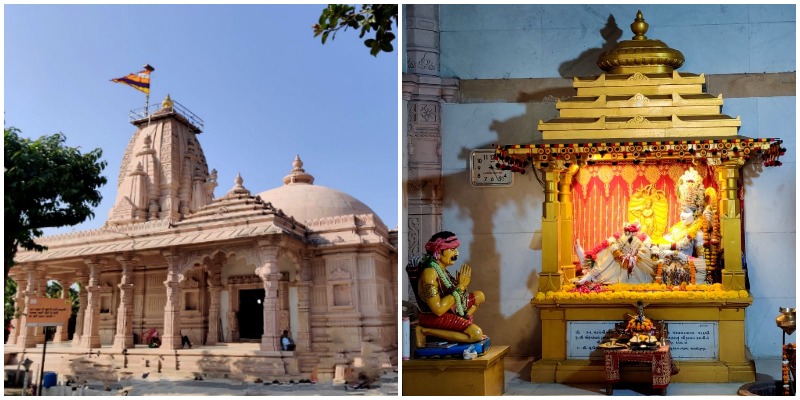
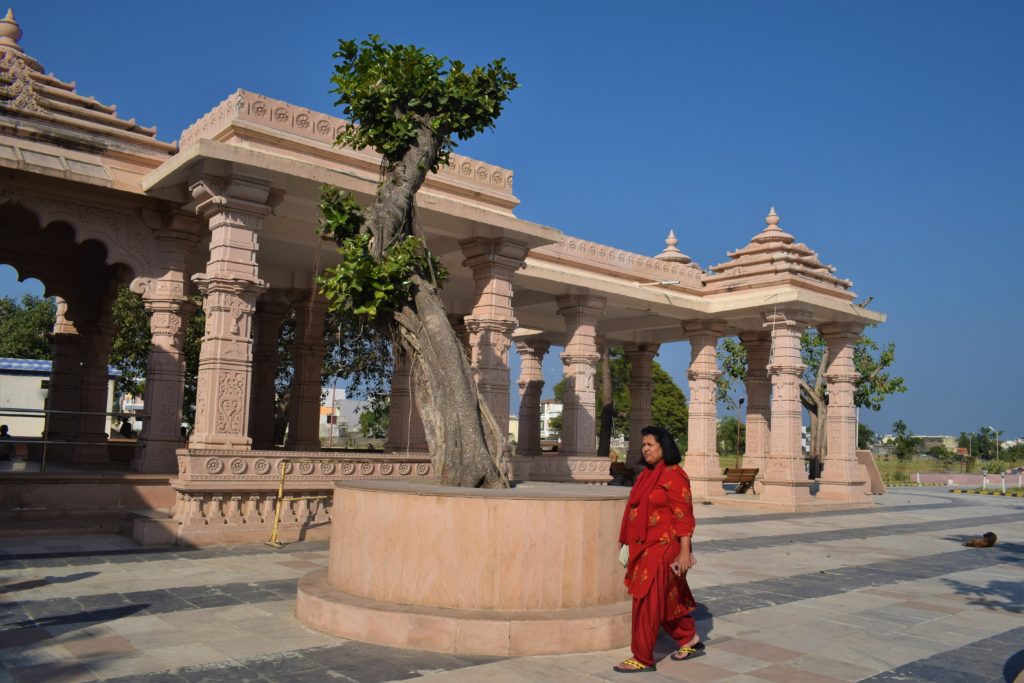
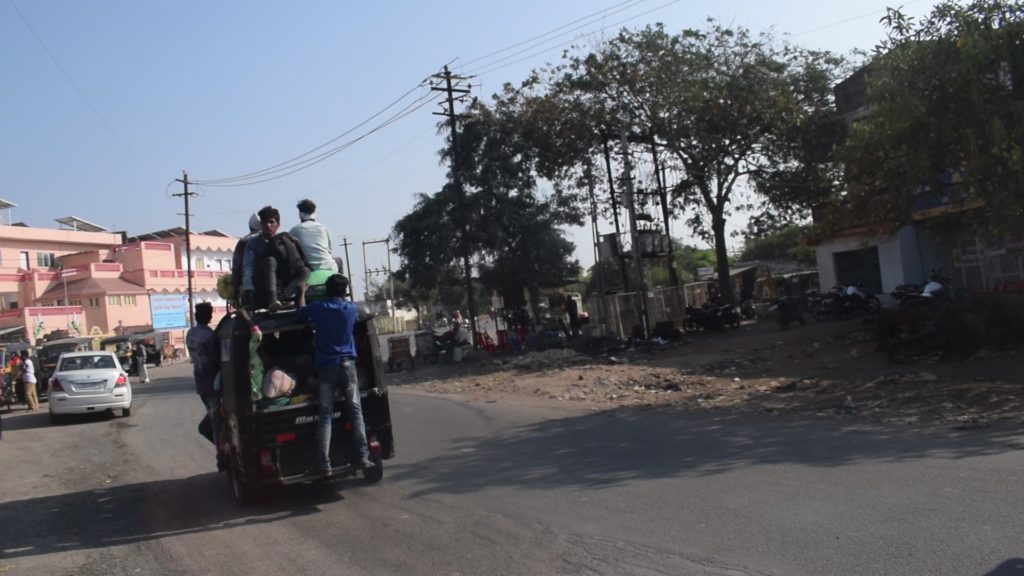
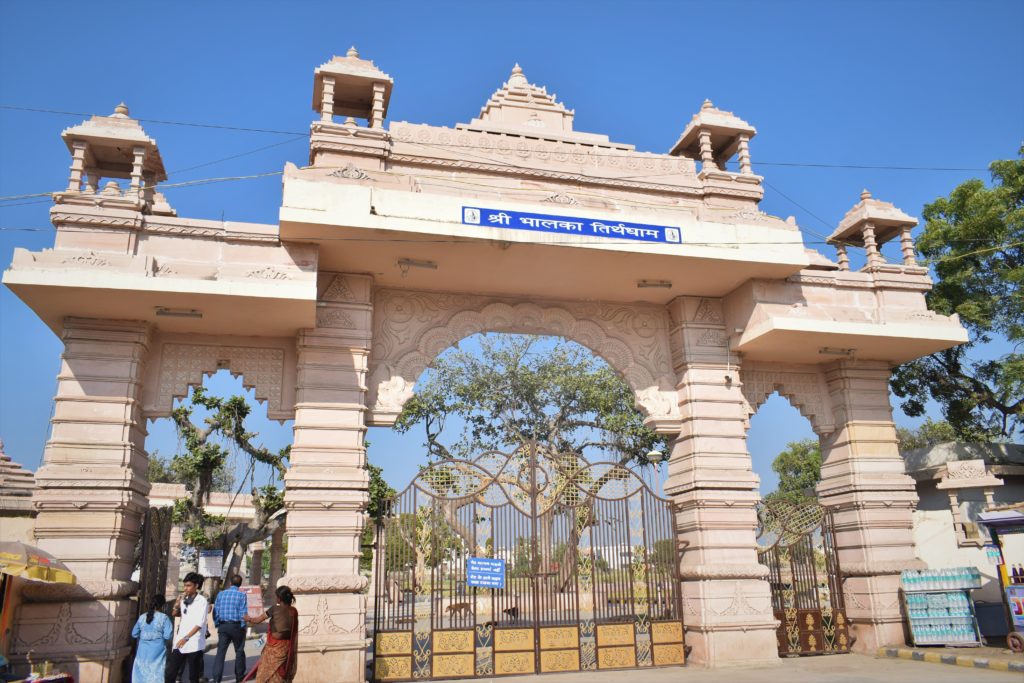
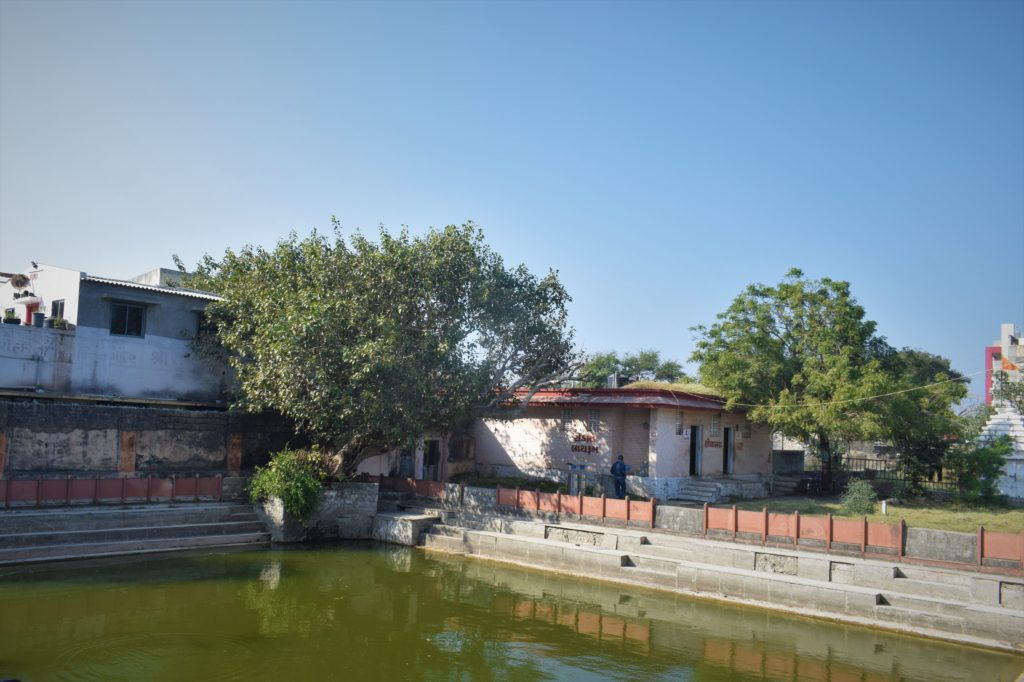
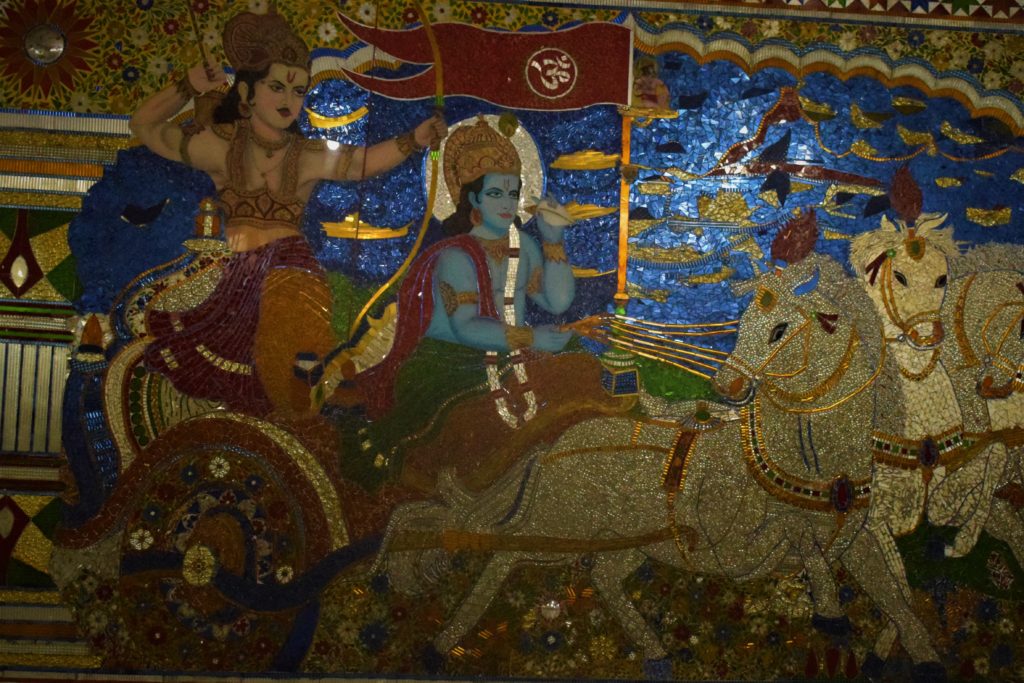
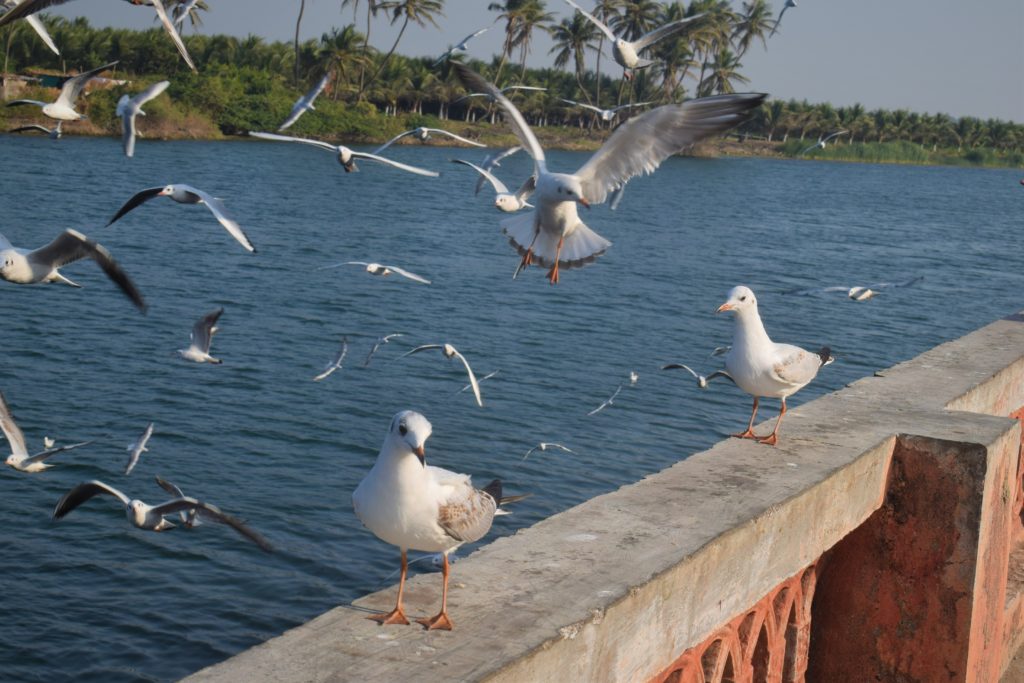
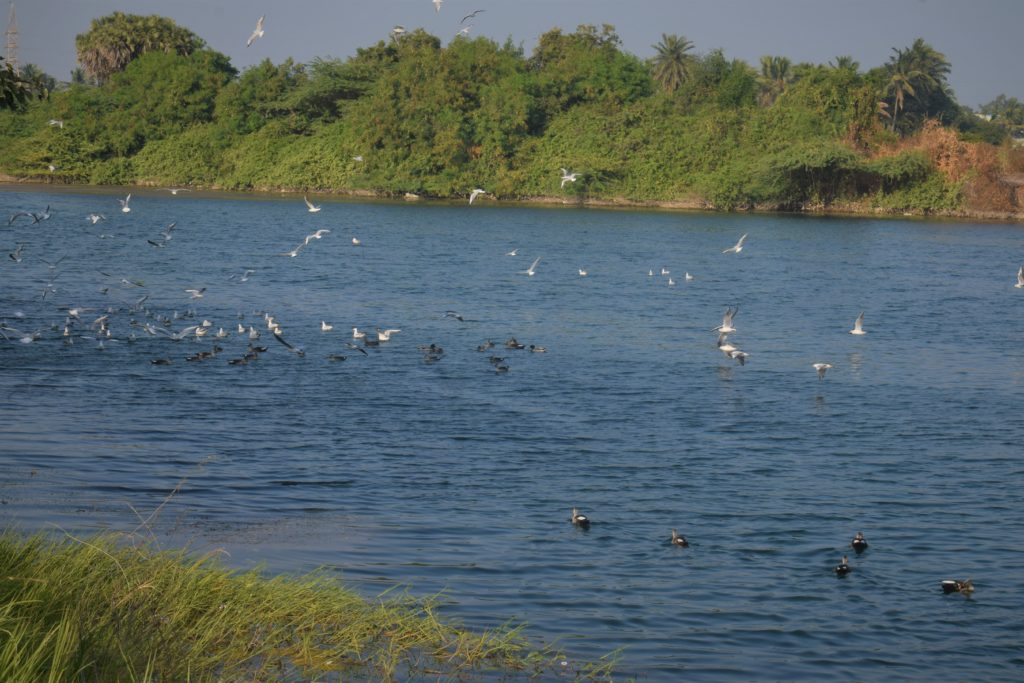
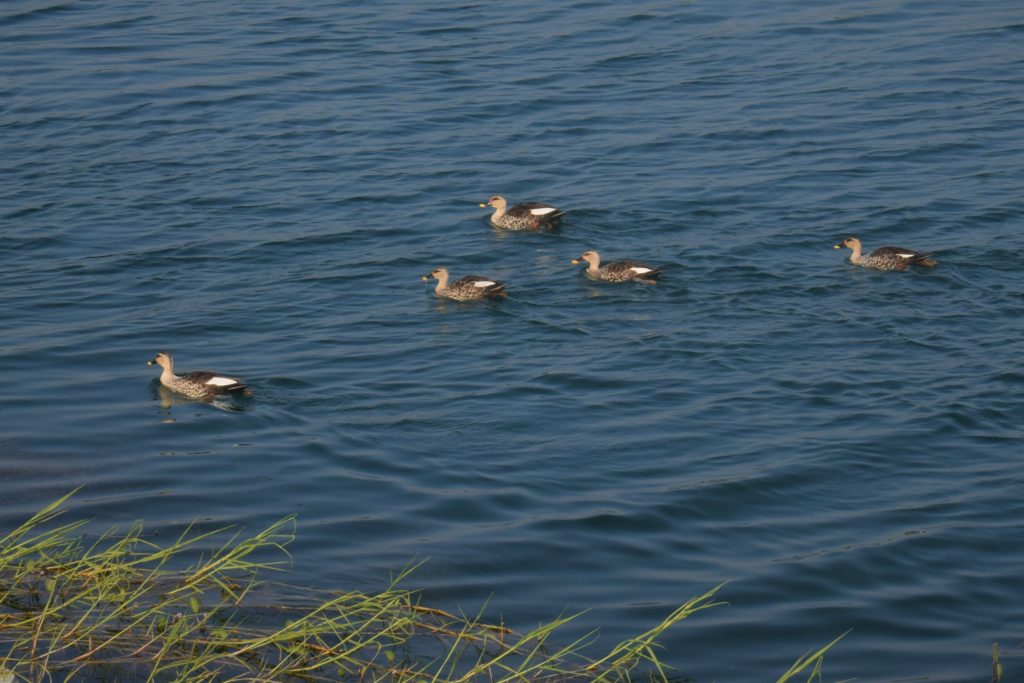
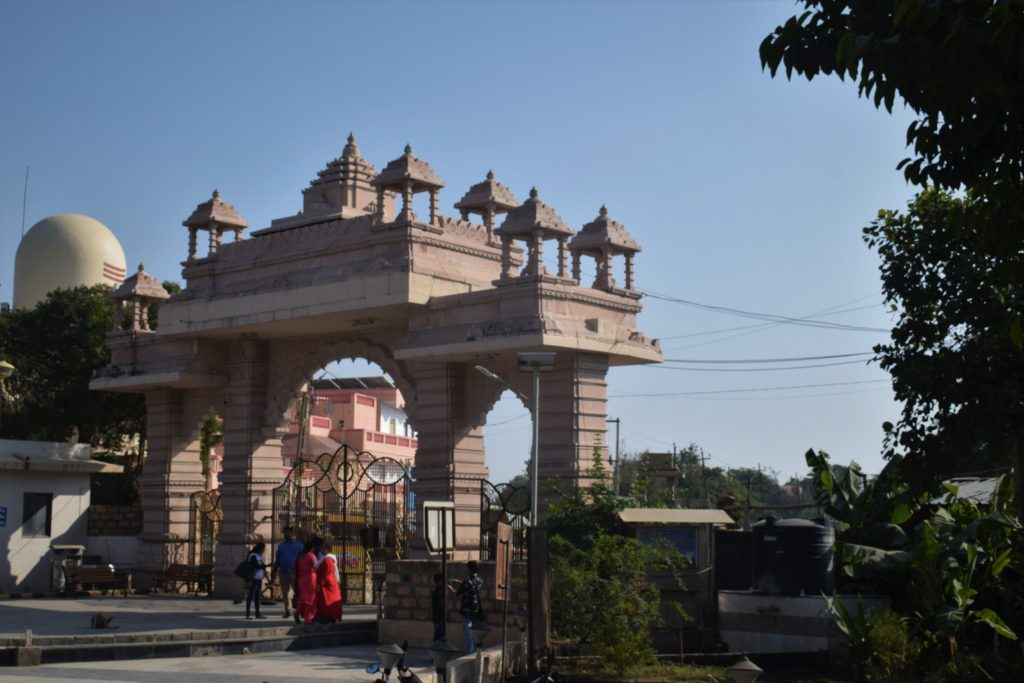
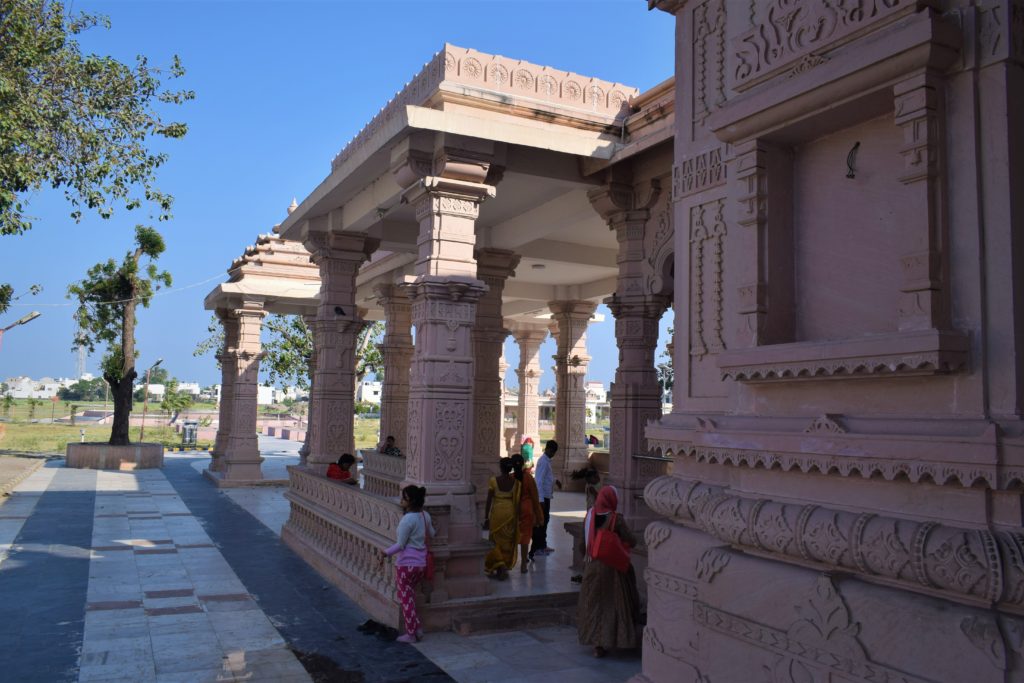




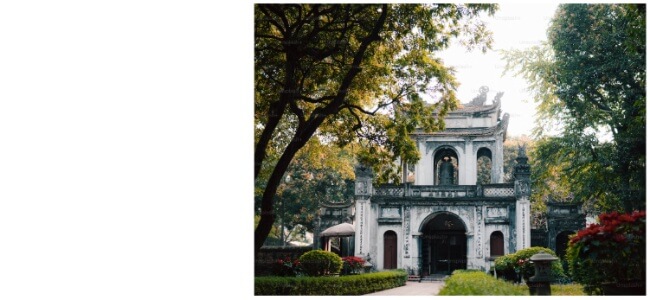

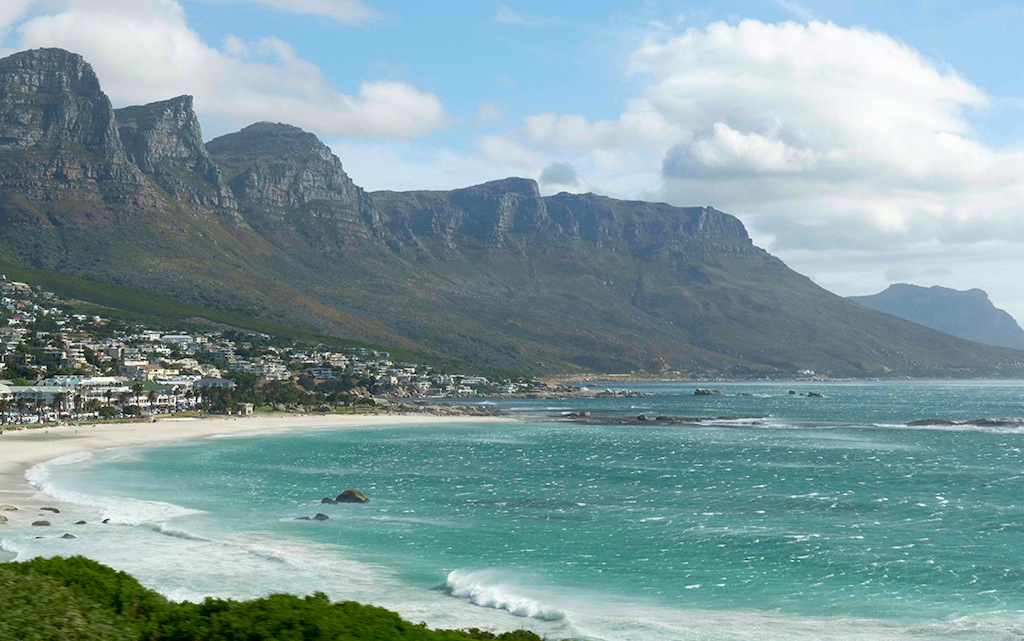
I had no idea about this place. Though Somnath and Gir forest is in my wishlist since long. Bhalka Tirth also gets included in my wishlist.
All the clicks are amazing. I would love to visit Gujarat. It has nice places to explore.
This tirth and the story behind it has made me curious and it is compelling me to travel there.. some day.. I didnt know about Lord Krishna’s death.
Your travel posts are quite useful and informative especially for first time users. I knew little about Lord Krishna but you have covered alot through this article. The temple and tirth place looks so soothing to me 😊 definitely a must visit with family
I totally did not know about this place. Thanks for sharing about it and once again Mahabharata made my jaw dropped.
Amazing and beautiful post. The Bhalka Tirtha is the most sacred pilgrimage destinations for the followers of Hindu religion and an interesting tourism locale. Great thoughts.
The detailed description of the place and the history behind it is really fascinating. I feel like travelling to this place with my daughter.
I have already visited Somnath and gir forest but not heard about bhalka tirth . very nice place by the way.
The picture looks fascinating, seems you guys enjoyed a lot. This place has been on my wish list since long. Indeed a beautiful travel destination
Wow! I didn’t know this temple existed! This is so beautiful… I am amazed that the peepal tree still exists! Will share this with my mom!
Thanks for sharing this crucial information. I never knew about this place at all. It is so important to know about our own past. I am going to share this information further.
This is a lovely article. Thanks for sharing this information, I didn’t know about this place. Lovely photos.
Very nice article about the death place of Krishna.
I never head about this place. But this looks sooo beautiful. Each picture you shared have something to say. Bhalka Tirth in my travel bucket list now
We visited all these places. Have interesting story. I think you have forgotten to show images of ”SHIVLINGA” which are in the sea, where first time Krishan was hit by arrow.
Shree Krishna was a great human form. I hope we can meet this form again in this life or the next.